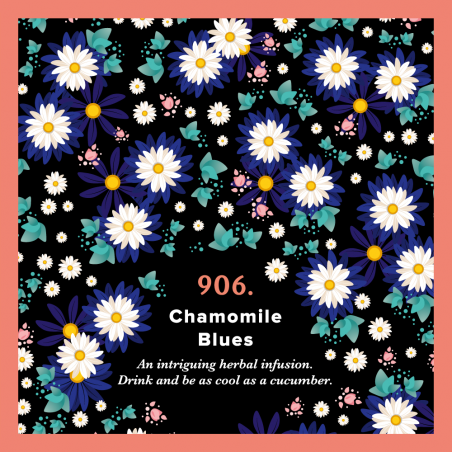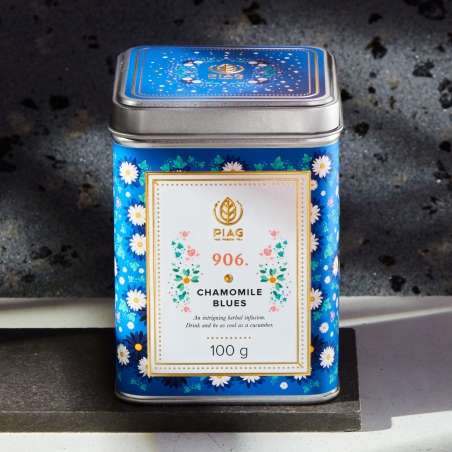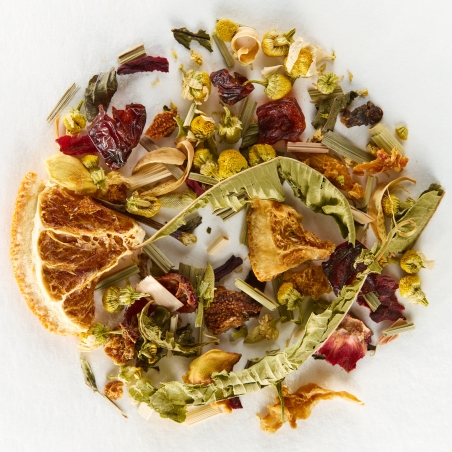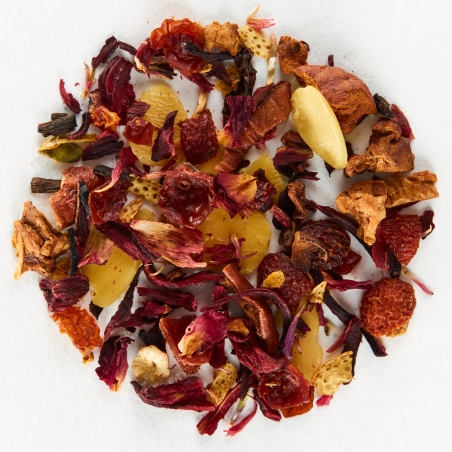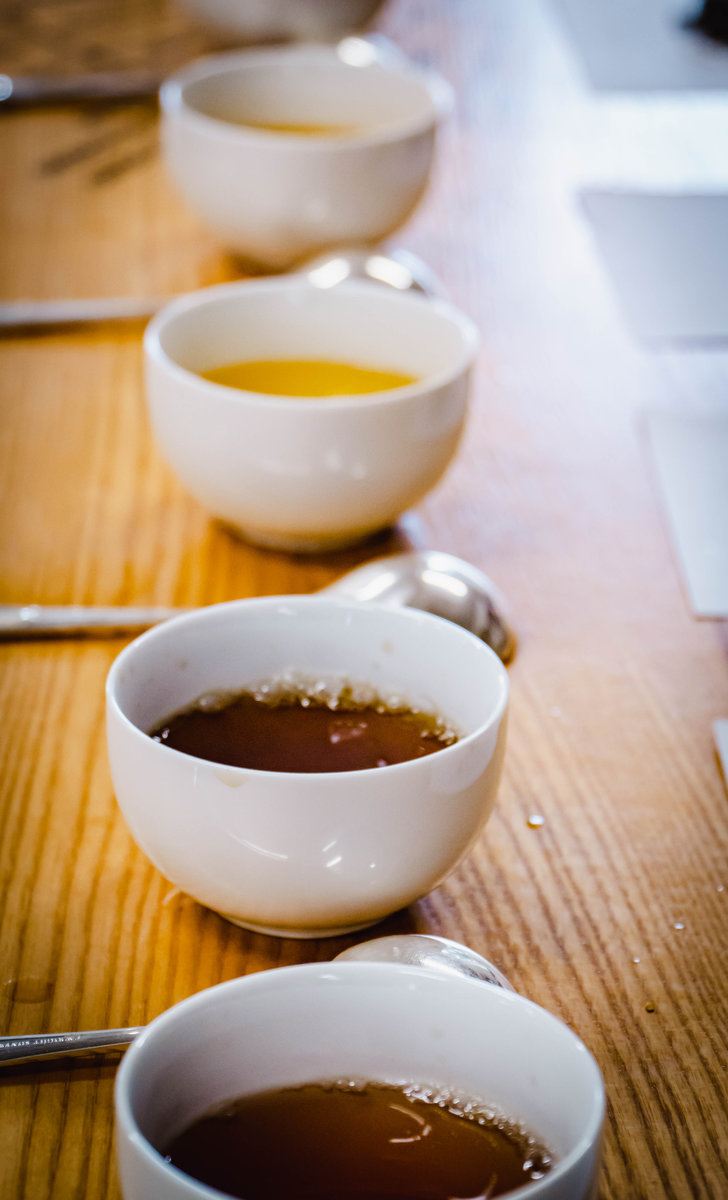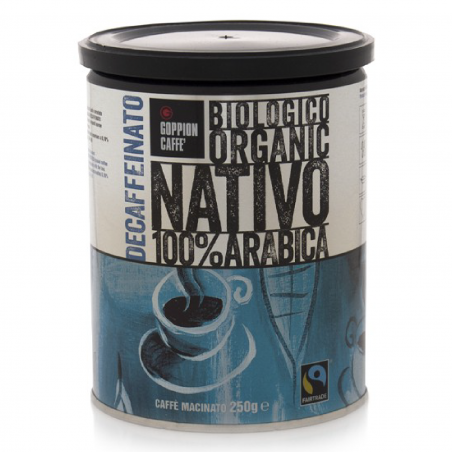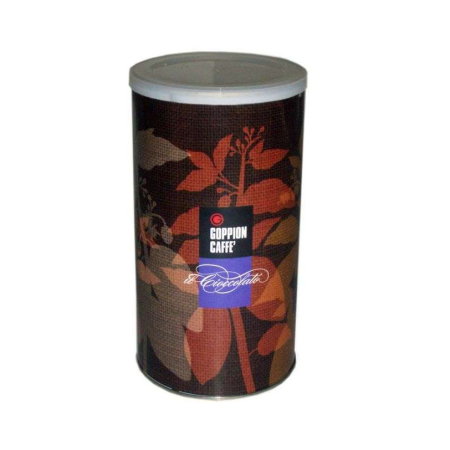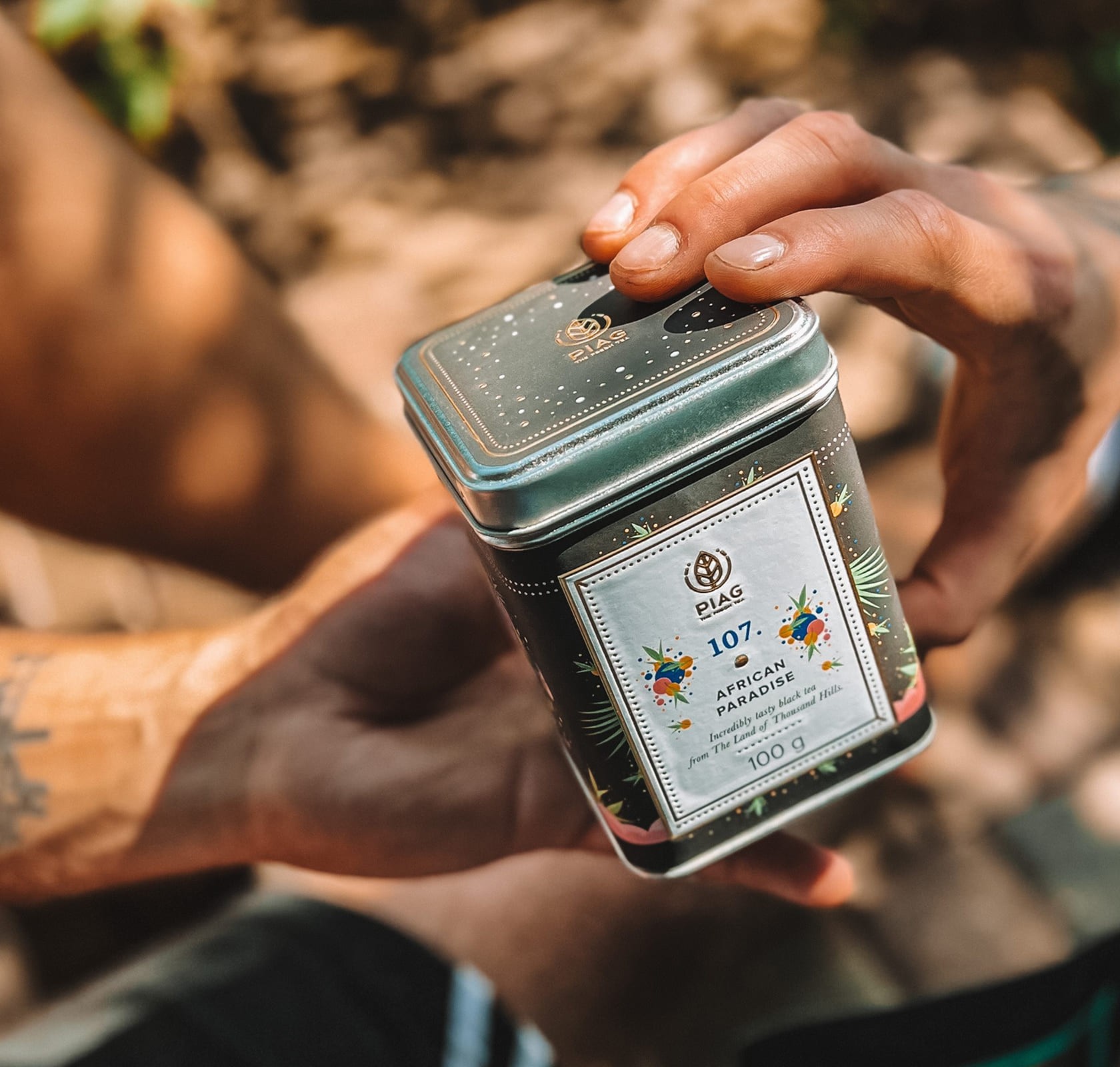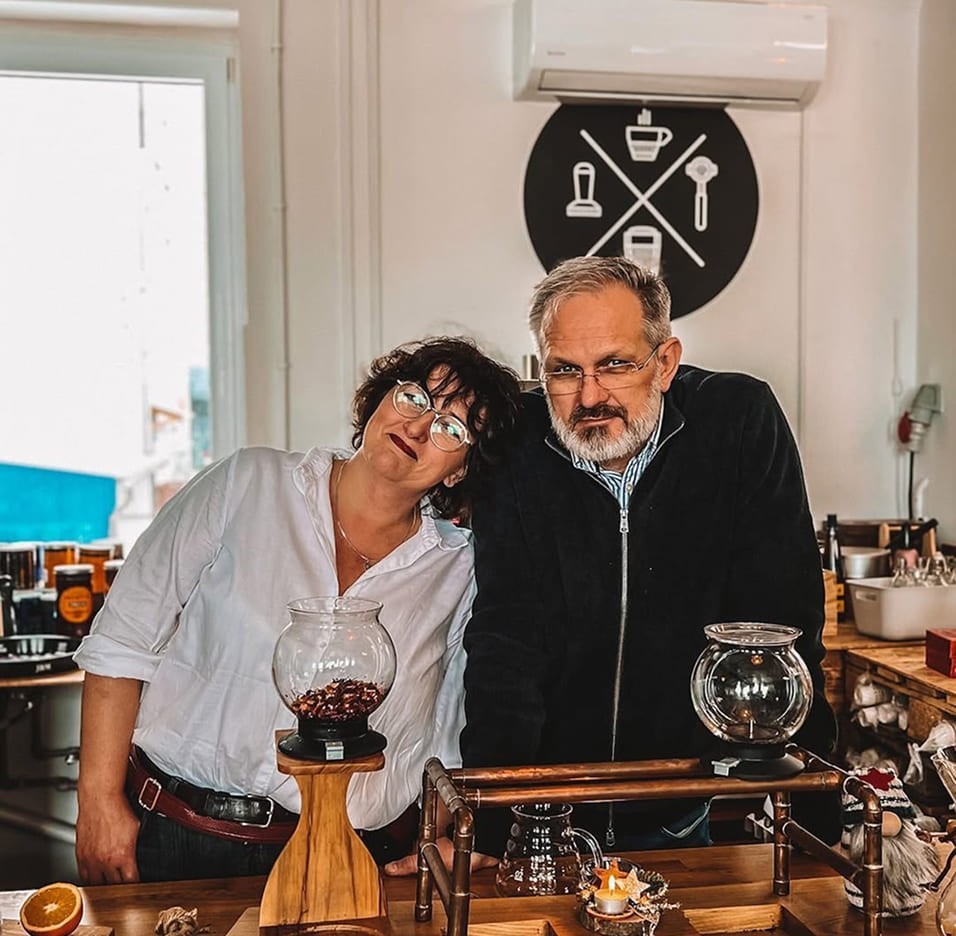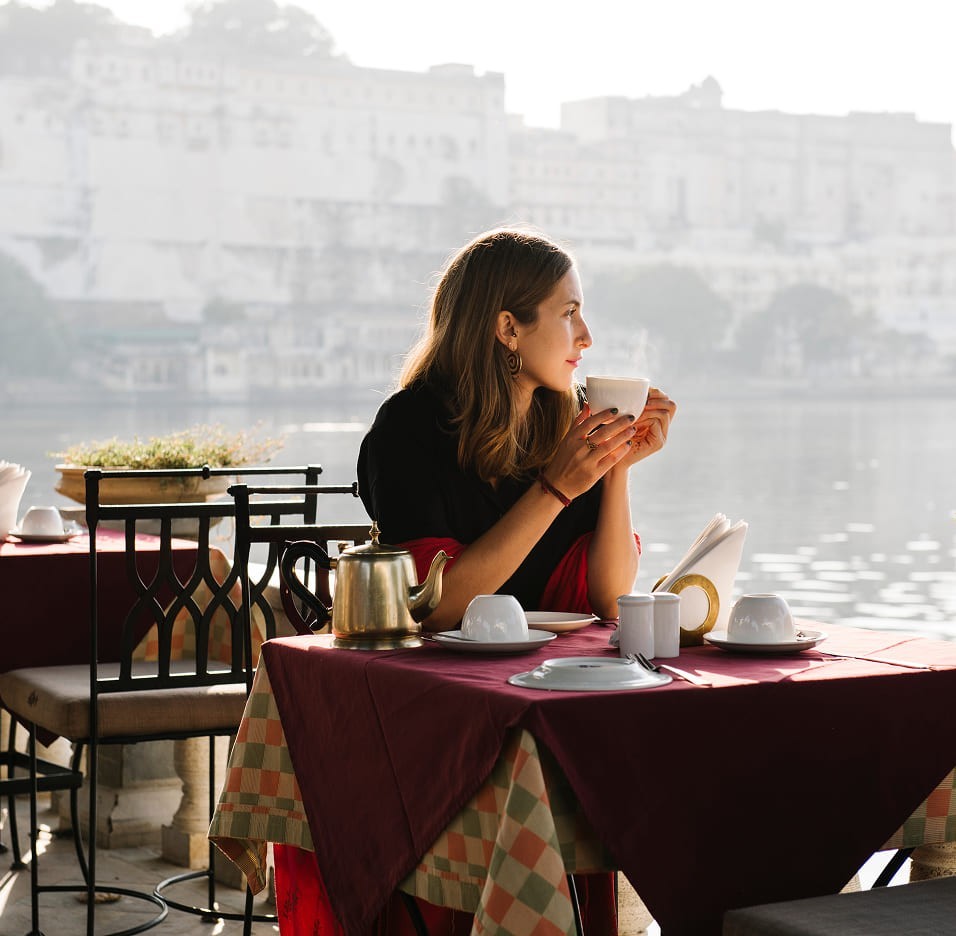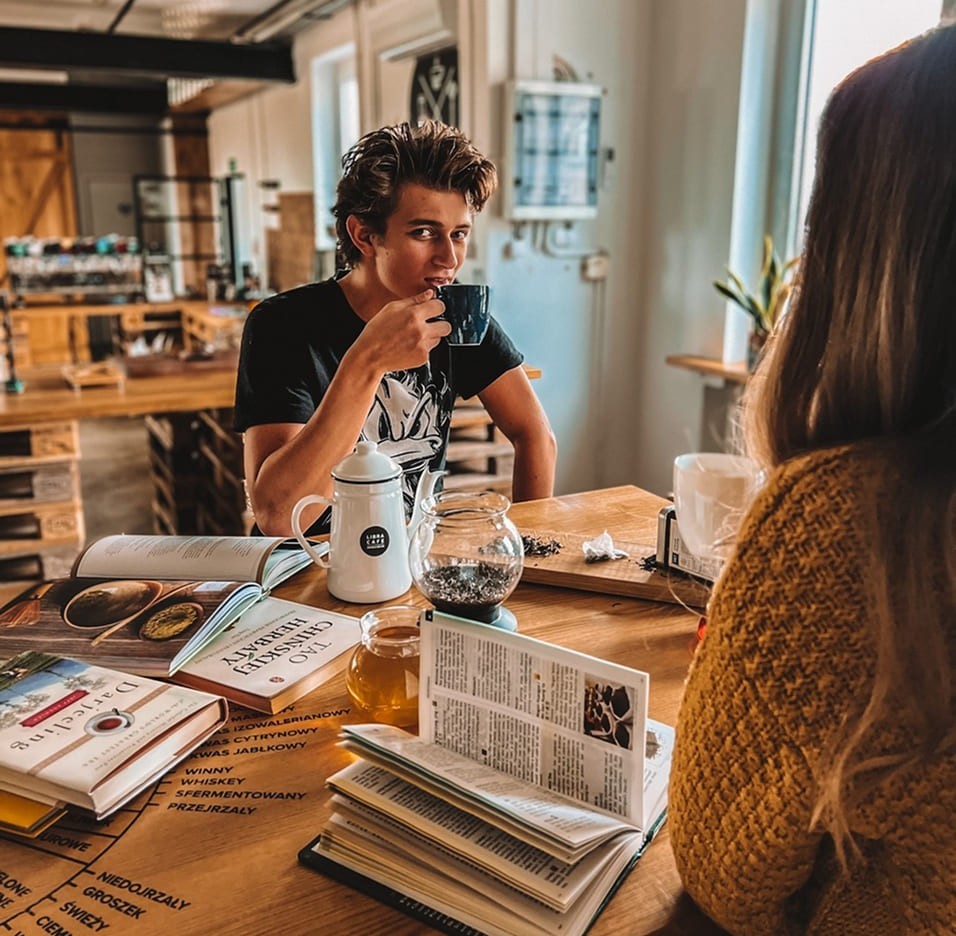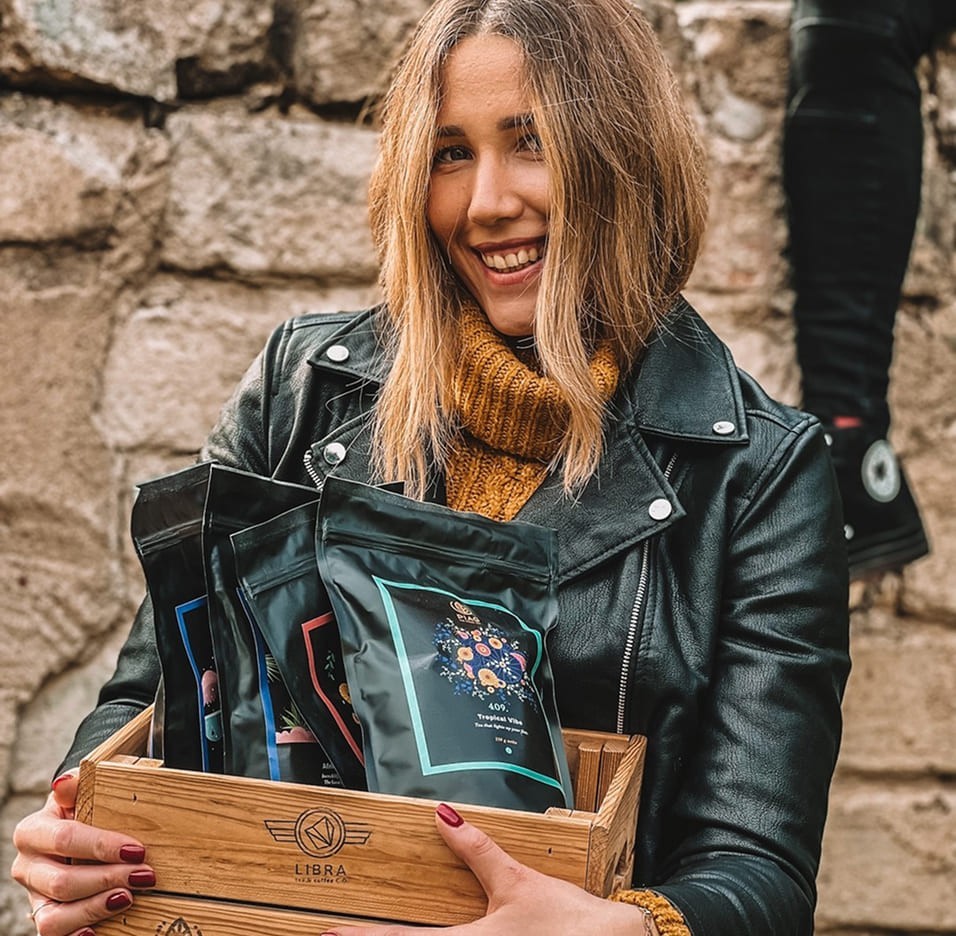Why did we decide to name one of our teas after this controversial figure?
Because we want to enchant her anew for you.
Let’s begin at the very beginning – in the forest. Not because Baba Yaga lived there, but because, in the beginning, there was the tree…
The Slavs imagined the universe as a vast, sprawling tree, symbolically divided into three worlds. The crown belonged to the gods, high above, invisible and inaccessible to ordinary mortals. The middle, the trunk, was home to humans – the heart of the tree. And the roots, hidden in the dark and cold underworld, were the realm of the dead.
Which of these worlds did Baba Yaga inhabit according to Slavic mythology? We cannot know for certain, but with a fair degree of probability, we can say – the highest one. Baba Yaga was important to the Slavs. She was a goddess, guardian of the forest, mistress of its creatures, and a mediator between the living and the dead. As a goddess of the woods, she knew every plant, herb, and fruit. Everything the forest produced was a priceless treasure to her. She was a healer, and no plant held secrets from her – though, of course, the forest is full of mysteries.
To our Slavic ancestors, she symbolized the wild woman, deeply connected to nature and endowed with extraordinary intuition. While little can be said about her appearance – as she was depicted differently across cultures – one thing is certain: Baba Yaga embodied strength, wisdom, and independence. She was, in every sense, a profoundly positive figure.
Only later, due to degradation by religious authorities – secular too, but always male, regardless of faith – who opposed the matriarchal traditions, she was transformed into a hag, a figure evoking fear, negative symbols, and the archetypes woven into fairy tales and legends. Through these unfortunate distortions and falsehoods, Baba Yaga became the character used to frighten children, earning – to put it mildly – a dark reputation.
We – though we love fairy tales and legends – wish to follow the path of the goddess, not the wicked witch; the mentor and teacher, not the vile, spiteful crone. For us, Baba Yaga is a guardian, a healer, and a sorceress who travels between worlds, drawing from both – ours and the one beyond reason – to transform the ordinary into the extraordinary, turning her wisdom and knowledge of nature into pure magic.
When we think of Baba Yaga, we see an ancient goddess, intently standing over her cauldron, stirring secret ingredients and creating soothing, enchanting brews. We want her to watch over us, to brew our tea, and to tell us stories by the fireside, stories full of magic and mystery.
We desire a Baba Yaga who opens the doors to the forest, and we – hungry for her knowledge and thirsting for life-giving nectars – immerse ourselves in the divinity and abundance of nature.
The doors are now open, and there she stands before us in the flesh: Baba Yaga herself. She greets us in a long, black cloak with a hood. As she steps closer, our eyes begin to perceive breathtaking images. The blackness of her cloak, once plain and certain, is suddenly anything but. Yaga’s cloak is a masterpiece, as if painted by the hand of the greatest artist. At its hem, tiny bushes and grasses seem to sprout from her feet. Higher up, violet and indigo berries scatter like a playful forest rain. When our woodland hostess lifts her arms, bees and ladybugs take flight from her sleeves, settling without hesitation upon her shoulders, chest, and hood, adding even more color to this enchanting tapestry.
She stands before us, a true Goddess of the Forest. There has never been anyone more beautiful – you think, gazing at her. You embrace her to become part of this magic and sense the fragrance of what sustains her each day – the very power of nature. When you look into her eyes, you see the wisdom of all the women before her and of all those who will come after. You long to absorb it, to taste it; a fierce desire to know the unnamable and the impossible ignites within you. Here, what might seem unreal in ordinary life becomes the purest, truest reality. The beauty of magical realism lies in expressing our longing for what could never truly happen – yet, in our dreams, imaginings, or fancies, it simply does.
So let Baba Yaga unfold before us.
Let us wander through the forest, hand in hand with our Yaga, savoring these treasures with passion and a desire worthy of a wild woman. Let us stand with her in the middle of a glade, by a fire whose warmth embraces a cauldron filled with fruit and herbal infusions, tasting, naming, discovering… And there is so much to name! The hibiscus flower is unmistakable, its tartness unique and captivating. Rose petals can be sensed too, but they are not the stars here. First come the fruits! Blackberries – yes, blackberries. Raspberries, strawberries, blueberries… Without them, no forest blend could exist. But the true queen is the blackcurrant. At her side, the queen’s squire – elderberry. The whole composition is held together like a clasp by the evergreen birch leaves, which carry the scent of blackcurrant and add sweetness from the very first inhalation and the first sip.
We are proud of our Baba Yaga. We have crafted this fruit-and-herb infusion and named it Baba Yaga to honor femininity, to celebrate the wisdom and legacy of the ancestral mothers. We created Baba Yaga to enchant what has been misunderstood. We wanted this tea to become a symbol of the unexpected, a reminder, following the mythological roots of the character, that it is worth knowing, worth seeking, and that nothing in life is ever truly obvious.
One, two, three… Baba Yaga is brewing! ?
